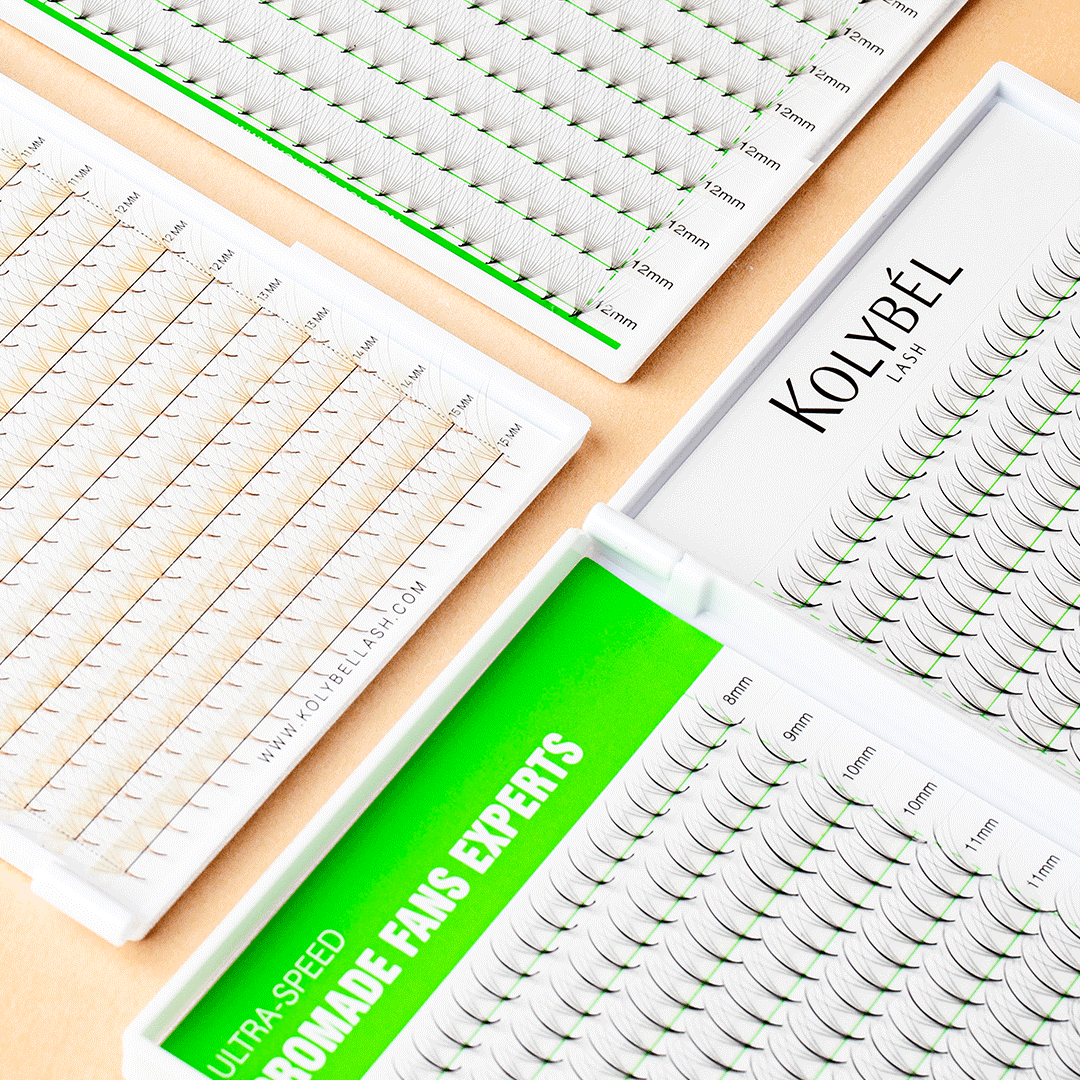Lash Tech Tips: Why Your Lash Clients Need Lash Infills Every 2–3 Weeks
As a lash technician, you’ve probably heard clients ask, “Do I really need infills every 2–3 weeks?” It’s a common question, and the answer is a resounding yes. But explaining why goes beyond just “because that’s the standard”—it’s about educating your clients on lash biology, maintaining their desired look, and protecting the health of their natural lashes. Let’s break down the key reasons behind this timeline and how to communicate it effectively to your clients.

1. The Natural Growth Cycle of Lashes Dictates the Timeline
First and foremost, natural lashes grow in cycles, and this cycle is the foundation of why infills are necessary every 2–3 weeks. The lash growth cycle has three phases:
-
Anagen Phase (Growth Phase): This is the active growth period where lashes grow 0.12–0.15 mm per day. It lasts 30–45 days for upper lashes and slightly shorter for lower lashes. During this phase, lashes are firmly rooted in the follicle.
-
Catagen Phase (Transition Phase): A short transitional period (2–3 weeks) where growth stops, and the follicle begins to shrink. The lash becomes loose and will eventually fall out.
-
Telogen Phase (Resting Phase): The lash falls out naturally (we lose 1–5 natural lashes per day!), and the follicle rests before the anagen phase starts again.
When you apply extensions, they’re bonded to the natural lash. As the natural lash moves through the catagen and telogen phases, it will shed—taking the extension with it. By the 2–3 week mark, 20–40% of extensions may have fallen out due to this cycle. Without infills, the lash line starts to look sparse and uneven, as new growth (anagen phase lashes) is bare while older extensions remain on lashes that are still in place.
Look how your clients' lashes falling out a few weeks after your lash extensions: Click Here
2. Infills Maintain a Full, Uniform Look
Your clients come to you for a specific aesthetic—whether it’s a fluffy volume set, a sleek classic set, or a wispy hybrid. Over time, as extensions shed, that carefully crafted look begins to break down. Here’s what happens without regular infills:
-
Sparsity: Gaps start to form between lashes, especially in areas where natural lashes shed more frequently (like the inner and outer corners).
-
Uneven Length: New natural lashes are shorter, so the remaining extensions (on older lashes) will appear longer than the bare new growth, creating a “choppy” effect.
-
Loss of Style: The shape you designed (e.g., cat eye, doll eye) loses its definition as extensions fall out unevenly.
By scheduling infills every 2–3 weeks, you’re replacing the shed extensions, filling in gaps, and ensuring the set stays true to the client’s desired style. This consistency keeps clients happy and coming back for more—after all, they want to wake up feeling confident in their lashes every day.

3. Regular Infills Protect Natural Lash Health
Many clients worry that extensions damage their natural lashes, but proper infills are actually a key part of lash health. When extensions are left on for too long (4+ weeks), a few risks arise:
Weight and Tension: As natural lashes grow, the extension moves further from the follicle, creating more weight and tension on the lash shaft. This can lead to breakage or even premature shedding of the natural lash.
Buildup of Adhesive or Debris: Over time, leftover adhesive residue, oil, or makeup can accumulate at the base of the lash line. During infills, you’ll clean this buildup, preventing irritation or infection.
Misplaced Extensions: A lash that’s in the catagen phase is loose—if an extension is still bonded to it, it can pull on the follicle when the lash finally sheds, causing damage.
During infill appointments, you also have the chance to assess the health of your client’s natural lashes. If you notice signs of breakage or thinning, you can adjust your application technique (e.g., using lighter extensions) or recommend a lash serum to promote growth. This proactive care builds trust and positions you as a knowledgeable professional.
Pro Tips for Communicating Infill Importance to Clients
Educating your clients is the best way to ensure they stick to their infill schedule. Here are a few tips to make the conversation easy:
-
Explain the Growth Cycle Simply: Avoid jargon—say, “Your natural lashes shed every few weeks, and when they do, the extensions fall out too. Infills replace those lost ones to keep your lashes full.”
-
Show Before-and-After Photos: Visuals are powerful! Keep a portfolio of clients who skipped infills vs. those who stayed on schedule to illustrate the difference.
-
Offer Reminders: Send a text or email 3–4 days before their infill is due. Many clients forget, so a gentle nudge goes a long way.
-
Tie It to Their Goals: If a client wants “always-perfect lashes,” say, “Regular infills are how we keep that look going—no more sparse mornings!”
Final Thoughts
Lash infills every 2–3 weeks aren’t just a “rule”—they’re a combination of science (lash growth cycles), art (maintaining the desired look), and care (protecting natural lashes). By explaining these reasons to your clients, you’ll not only keep their lashes looking stunning but also build long-term relationships based on trust and expertise. After all, a happy, educated client is a loyal client!





